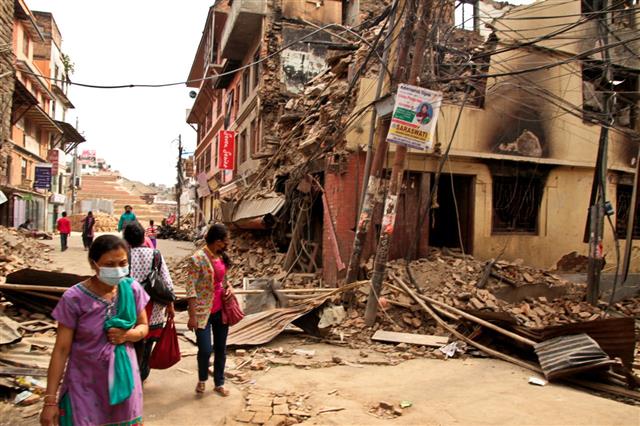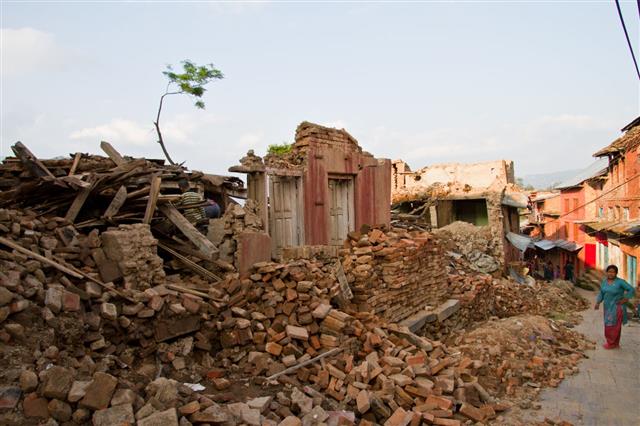
One of the most earthquake-prone countries of the world, Japan experiences thousands of low-intensity earthquakes every year. On January 17, 1995, though, it experienced one of the most destructive earthquakes ever―the Kobe earthquake.
A part of the Meriken wharf, which was damaged by the Kobe earthquake, has been kept intact at the Earthquake Memorial Park.
The Kobe earthquake, also referred to as the Great Hanshin earthquake, was a 7.3-magnitude earthquake that rocked the Hyōgo Prefecture of Japan on the dawn of January 17, 1995. Such was its intensity that even the sensors on the other side of the world picked it. Basically, the Kobe earthquake was a ‘shallow inland earthquake,’ i.e., an earthquake which occurs along the active faults. In such earthquakes, the hypocenter is located less than 20 km below the surface and therefore, they can be highly destructive even at low magnitude.
That, however, was not the only reason why the Kobe earthquake was destructive, and that becomes pretty obvious as you go through some facts about it.
Kobe Earthquake: Facts and Figures
Nearly two decades down the lane, it’s still difficult to say whether Japan has been able to recover from this blow. Efforts are being made to improve the accuracy of earthquake forecasting. The building codes have also been updated to build structures that can withstand such natural disasters. It’s too early to say whether this will help, considering that nature has always been a step ahead of mankind in creation as well as destruction. The Hanshin Expressway, for instance, was built to withstand a quake measuring 8.1 on the Richter scale. Nature though, had some other plans for it.














